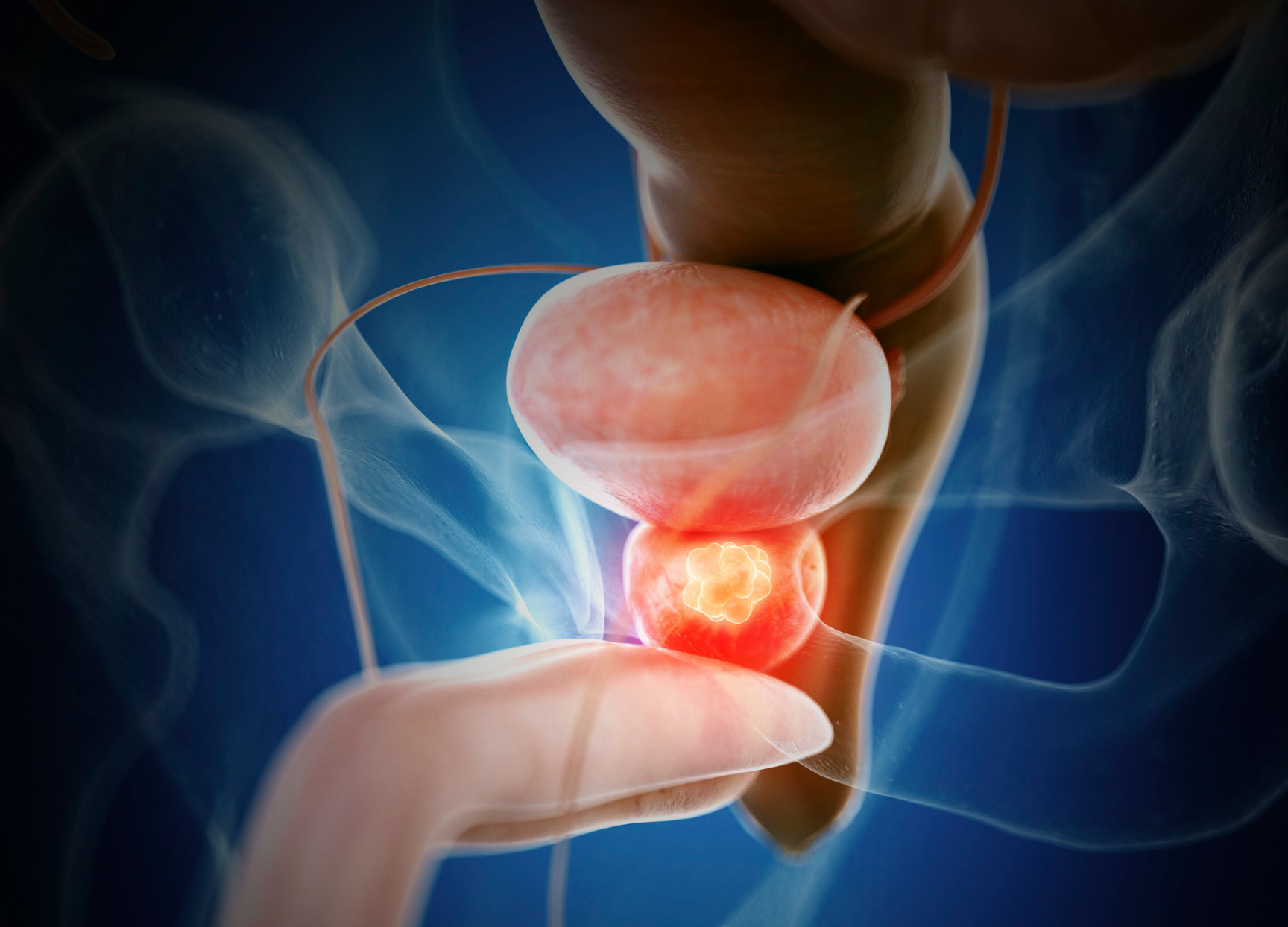What is TURBT and what is it used to treat?
TURBT stands for transurethral resection of bladder tumour. It is generally performed under general or regional anaesthetic and mainly performed as a day case surgery. Traditionally, the procedure is performed using an electricity source via a diathermy machine. However, recently, multiple institutions have developed the use of laser en-bloc resection technique. This new cutting edge technique will revolutionise the delivery of safe day case surgery. Furthermore, multiple projects are currently underway to establish the added advantages of using laser instead of the traditional diathermy module in terms of less bleeding, bladder perforation and delivery of postoperative intravesical chemotherapy.
TURBT is used to treat and stage bladder cancer. It can treat more than 75% of cases of bladder cancer without the need for removing the bladder. An additional further treatment might be required in some cases. Once the tumour is removed histopathological assessment will help differentiate with non-muscle invasive or muscle invasive bladder cancer. Furthermore, we can risk stratify non-muscle invasive bladder cancer to low, intermediate or high risk groups.
In certain instances, MRI can be used to evaluate the level of invasion prior to TURBT which will help establish the level of invasion of tumour prior to TURBT. The VIRAD score is used to help urologists determine the chances of muscle invasion and further define the level of invasion within the muscle layer. In highly selected muscle invasive cases, TURBT can be combined with chemoradiotherapy to achieve cure without the need for radical cystectomy.

